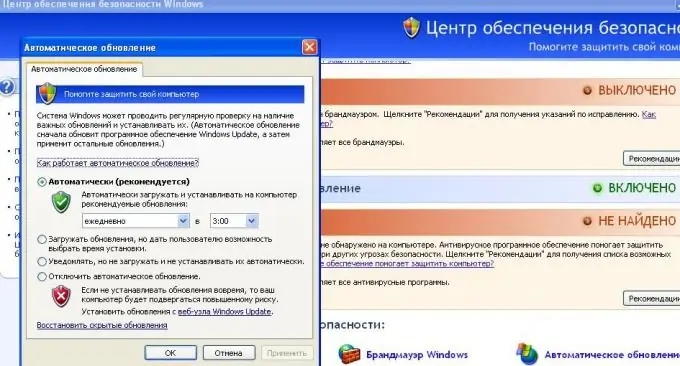It often happens that we do not install the downloaded software updates for some reason. All this time, they are stored on the hard disk, occupying a certain amount of it. Also, many programs are constantly reminded of ready-to-install updates that we do not need. In this case, you can delete these files yourself.

Instructions
Step 1
Pay attention to the system notification about the update process - usually, before installing them, a dialog box appears where you can choose further actions. Also, when downloading updates to the operating system, you will see the corresponding icon in the program bar running in the background, where you can also stop downloading by double-clicking on it.
Step 2
Open My Computer. Go to the local drive where the operating system was installed, then open the WINDOWS folder. Next, be very careful, in any case, do not confuse the names - open SoftwareDistribution and then Download. From the latter, delete all existing files and restart your computer. Windows may warn you that deleting these files may affect the operation of the entire system, click the "Continue" button.
Step 3
If in the future you are not going to install updates for your operating system or you want to do it manually, open the "Control Panel" from the "Start" menu. Open Security Center. At the very bottom of the window that opens, you will see a list of three items, open the last one, which is called "Automatic update".
Step 4
Select the mode of downloading and installing updates, here you have a choice either to set this process to automatic execution, disable it altogether, notify the user about available updates, but do not download or install them. You can also configure other parameters there.
Step 5
If you have updated software in addition to the operating system, select the update download mode even during installation, if such an item is present in the initial settings. You can also change the mode by opening the program settings; often the path to the folder containing the downloaded program updates is also indicated there.






